
|
|
|
|
|
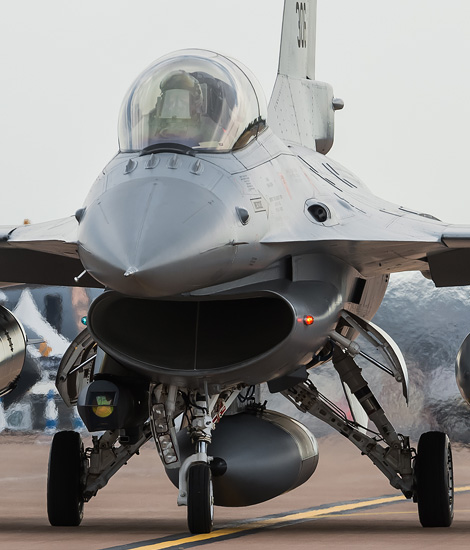
|
The RAF during World War II; RAF Fairford, July 15 & 16, 2018
RAF 100th Anniversary, part 2; Text and Photograph's by Alex van Noye
During the Second World War, the decisiveness and dedication of the Royal Air Force would play a major role during the many combat missions. At the beginning of the war, it quickly became clear that without decent aircraft the war was lost. The British were forced to drastically increase the development of new aircraft.
The RAF underwent a rapid expansion after the outbreak of the Second World War against Germany in 1939. This expansion consisted of the training of British aircrews in the British Commonwealth countries. This happened during the British Commonwealth Air Training Plan and the founding and deployment of many complete squadrons and tens of thousands of employees of the Commonwealth Air Force. At the end of the Second World War, the Royal Canadian Air Force staff had contributed with more than 30 squadrons to the maintenance of RAF formations. Nearly a quarter of the staff of the Bomber Command was therefore Canadian. In the same way, about nine percent of the personnel serving at the RAF in Europe and the Mediterranean were also deployed from the Royal Australian Air Force. Thousands of men from other countries and other members of the countries of the British Commonwealth were later added to these forces. This deployment consisted of many who had fled from the German occupied Europe. A decisive period for the survival of the RAF came during the Battle of Britain. The Battle of Britain was a military campaign during the Second World War, in which the Royal Air Force defended Great Britain against large-scale attacks by the Air Force of Nazi Germany, the Luftwaffe. It has been described as the first major military campaign that was completely fought by air forces. According to the British, the Battle of Britain lasted from July 10, until October 31, 1940. German historians do not accept this subdivision and see it as a single campaign from July 1940 until June 1941, including the Blitz.
The primary goal of the German troops was to force Great Britain to agree to a negotiated peace settlement. In July 1940, the air and sea blockade began, with the Luftwaffe mainly focusing on coastal convoys, ports and shipping centers, such as Portsmouth. On August 1, 1940, the Luftwaffe was sent to achieve air superiority over the RAF with the aim to destroy the RAF Fighter Command completely. Only twelve
|
|
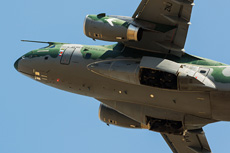
|
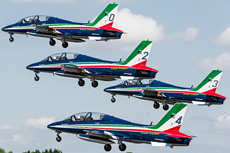
|
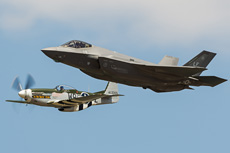
|
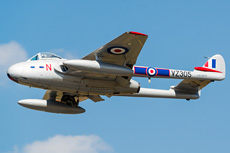
|
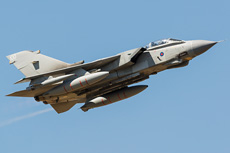
|
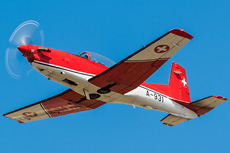
|
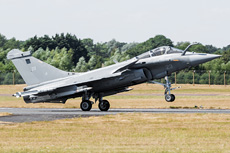
|
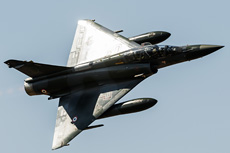
|
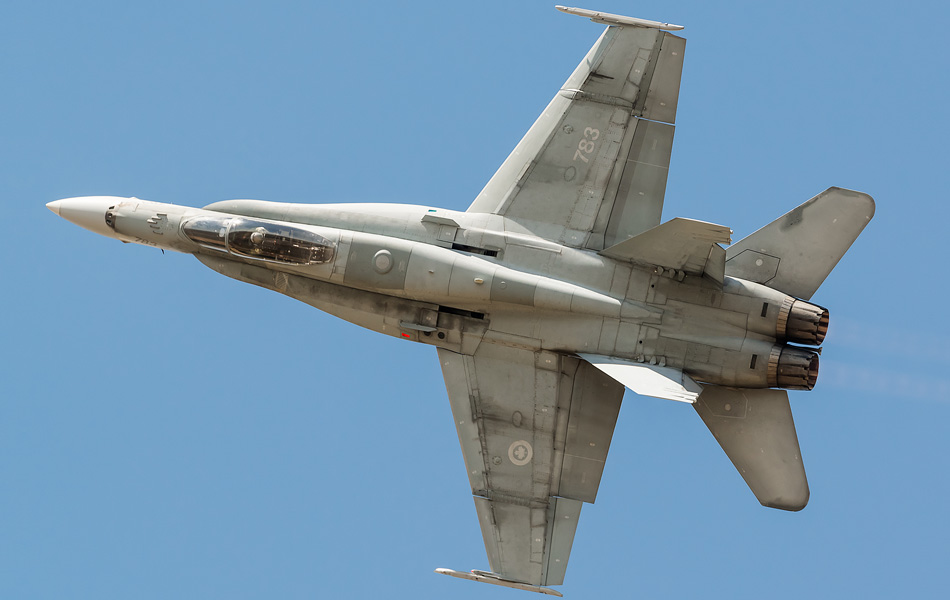
|
days later it shifted the attacks to RAF airfields and infrastructure. As the battle progressed, the Luftwaffe also focused on factories involved in the production of aircraft and strategic infrastructure. Eventually the Luftwaffe carried out terrorist bombing in areas of political significance and on civilians. On July 16th, Adolf Hitler ordered to prepare Operation Sea Lion as a possible amphibious and air strike on Britain. In September, the RAF Bomber Command conducted nightly bombing raids on the German preparation for that invasion. The fact that the Luftwaffe was not able to destroy the RAF forced Hitler to postpone Operation Sea Lion and eventually cancel it. The failure of Germany to destroy Britain's air defense to enforce a truce was the first major German defeat in the Second World War and a crucial turning point in the conflict. The Battle of Britain derives its name from a speech by Prime Minister Winston Churchill at the House of Commons. A well-known quote from Churchill was the cry that "never so many people owed something to so few people". He was referring to the determination of the people of the RAF who had repelled the German attack.
The combined bombardment campaign came from the need to strike back to Germany in the years when Great Britain had no troops on the European mainland. The British had their own well-developed theory of strategic bombing and built the long-distance bombers to implement it. This development came at the right moment right after the German invasion in 1940. For 1944, the main German industrial targets were out of reach, therefore the RAF bombers concentrated on military and transport targets in France and Belgium. The Allies won the air superiority in Europe in 1944. That meant that the allied supplies and reinforcements would reach the front, but not that of the enemy forces. It meant that the Allies could focus their firepower on anything they wanted. The enemy was soon overwhelmed by the overwhelming of firepower of the allies. This was the basic strategy of the Allies and this method worked very well. Air superiority depended on having the fastest and most maneuverable fighter planes. In combination with mostly many aircraft and based on well-stocked airfields, more and more came within reach of the British aircraft. The RAF already demonstrated the importance of speed and maneuverability during the Battle of Britain when the fast Spitfire's and Hurricane's easily riddled the clumsy Stukas.
The most important RAF effort during the Second World War was the strategic bombing campaign against Germany. From May 31, 1942, the RAF Bomber Command was able to execute large-scale nightly attacks on German industrial and strategic targets. The formations existed at the height of this bombing campaign from a maximum of 1,000 bombers. In the course of the year 1942, more and more of these aircraft were heavy four-engine bombers. This was something the Germans did not have at the time of the Battle of Britain, because they only had smaller twin-engine bombers. One of the striking bombardments was Operation Millennium when the attack was deployed on Cologne. In this campaign 1,000 bombers were deployed at the same time for the first time in history. The attack during Operation Chastise is also special. In this attack the famous Dambusters were used in an attack on German dams. The lighter and fast two-engine de Havilland Mosquito fighter-bomber was used in tactical attacks such as Operation Carthage, in which an attack on the headquarters of the Gestapo in Copenhagen was carried out. There is considerable historical controversy about the ethics of large-scale fire bombings against German cities during the last few months of the war, such as the bombing of Dresden. During the Second World War, the RAF has proven that an independent country cannot operate without an independent air force.
|
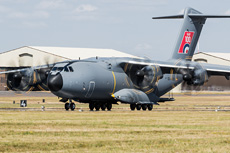
|
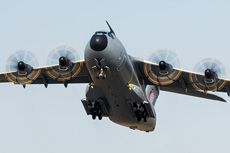
|
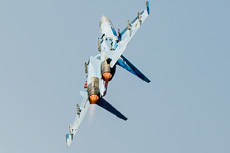
|
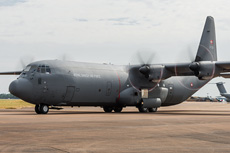
|
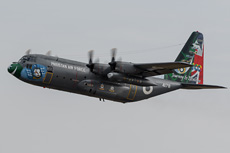
|
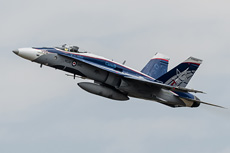
|
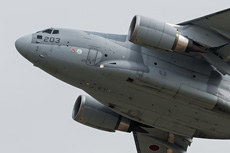
|
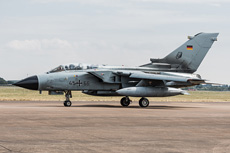
|
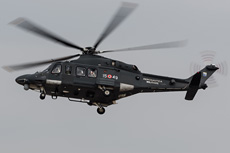
|
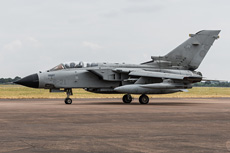
|
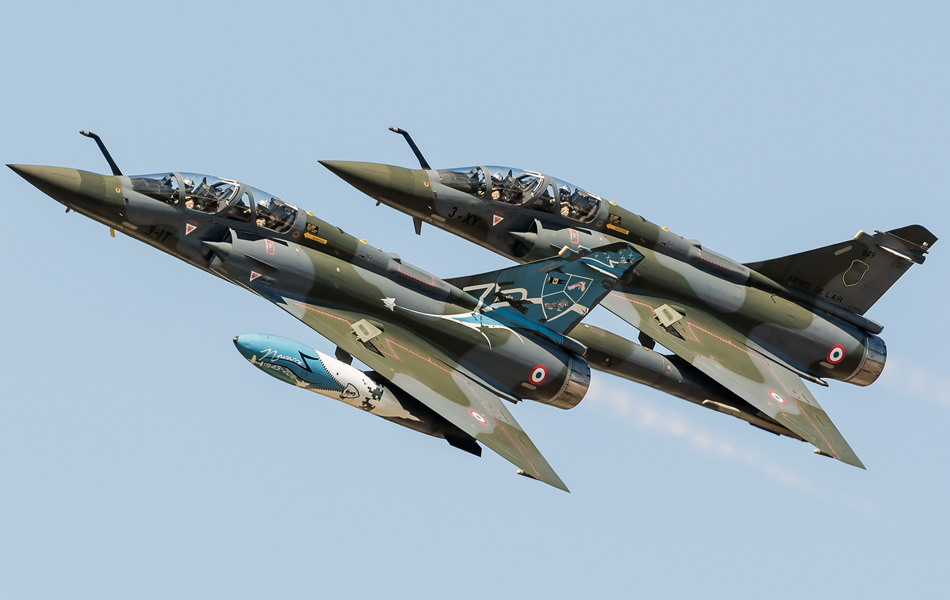
|
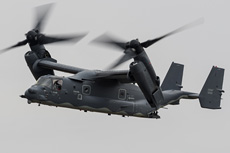
|
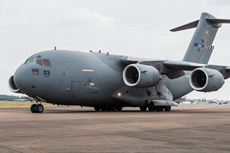
|
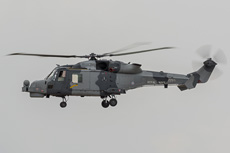
|
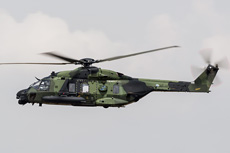
|
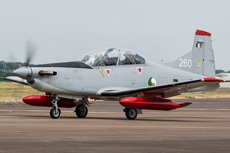
|
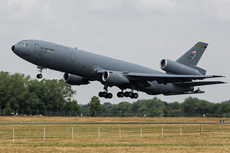
|
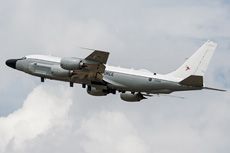
|
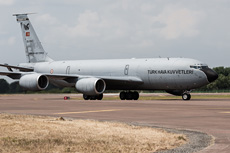
|
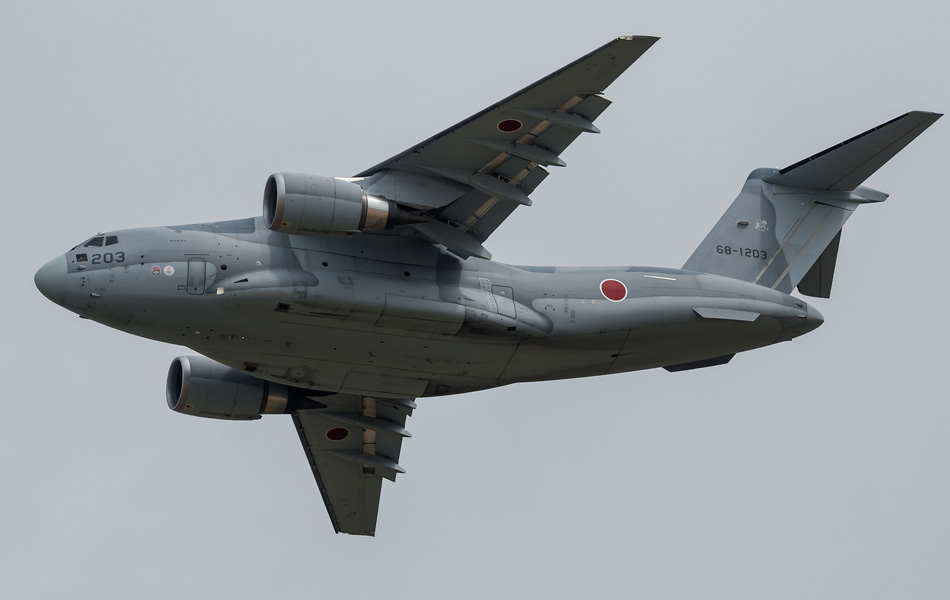
|
|
|

|







